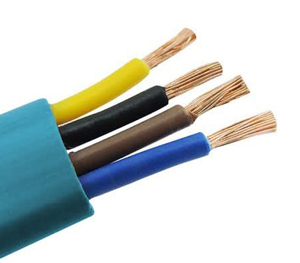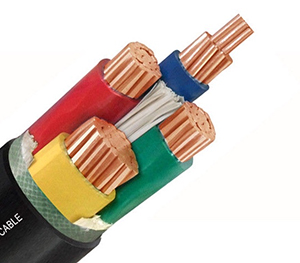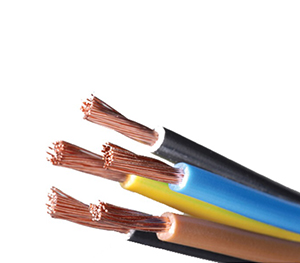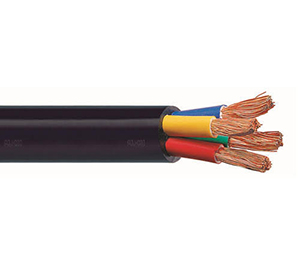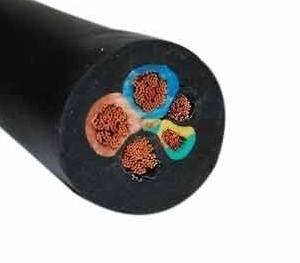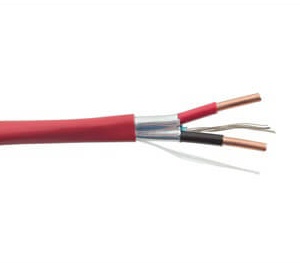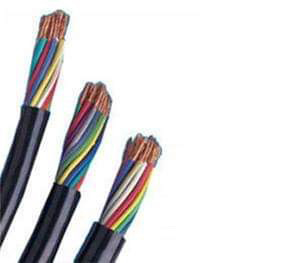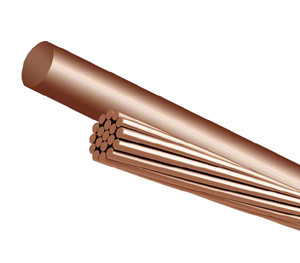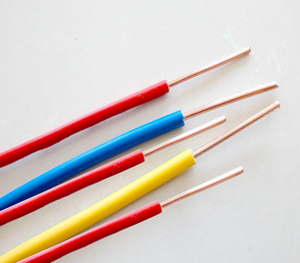Aluminum Conductors
Despite the fact that copper has a long history as the material of decision for directing power, Aluminum Conductors has certain focal points that make it alluring for particular applications.
Aluminum Conductors has 61 percent of the conductivity of copper, yet has just 30 percent of the heaviness of copper. That implies that an exposed wire of Aluminum Conductors measures half as much as an uncovered wire of copper that has the same electrical protection. Aluminum Conductors is by and large more modest when contrasted with copper transmitters.
Aluminum Conductors comprise of various amalgams known as the AA-1350 arrangement and AA-8000 arrangement. AA-1350 has a base aluminum substance of 99.5 percent. In the 1970s, because of the high cost of copper in respect to Aluminum Conductors, this review of aluminum started to be prominently utilized for family unit wiring. Because of low-quality workmanship at associations and the physical contrasts amongst Aluminum Conductors and copper, high-protection associations framed and turned into a fire peril.
As a reaction, Aluminum Conductors combinations were created to have crawl and stretching properties more like copper. These AA-8000 arrangement compounds are the main strong or stranded Aluminum Conductors allowed to be utilized by Article 310 of the 2014 National Electric Code*. AA-8000 arrangement amalgams meet the necessities of ASTM B800, Standard Specification for 8000 Series Aluminum Conductors Alloy Wire for Electrical Purposes– Annealed and Intermediate Tempers.
If Aluminum Conductors is used in an application where copper was previously used, it is typically sufficient to use an Aluminum Conductors two AWG sizes larger than that of copper. A comparison between Aluminum Conductors and copper for the same application is listed below.

